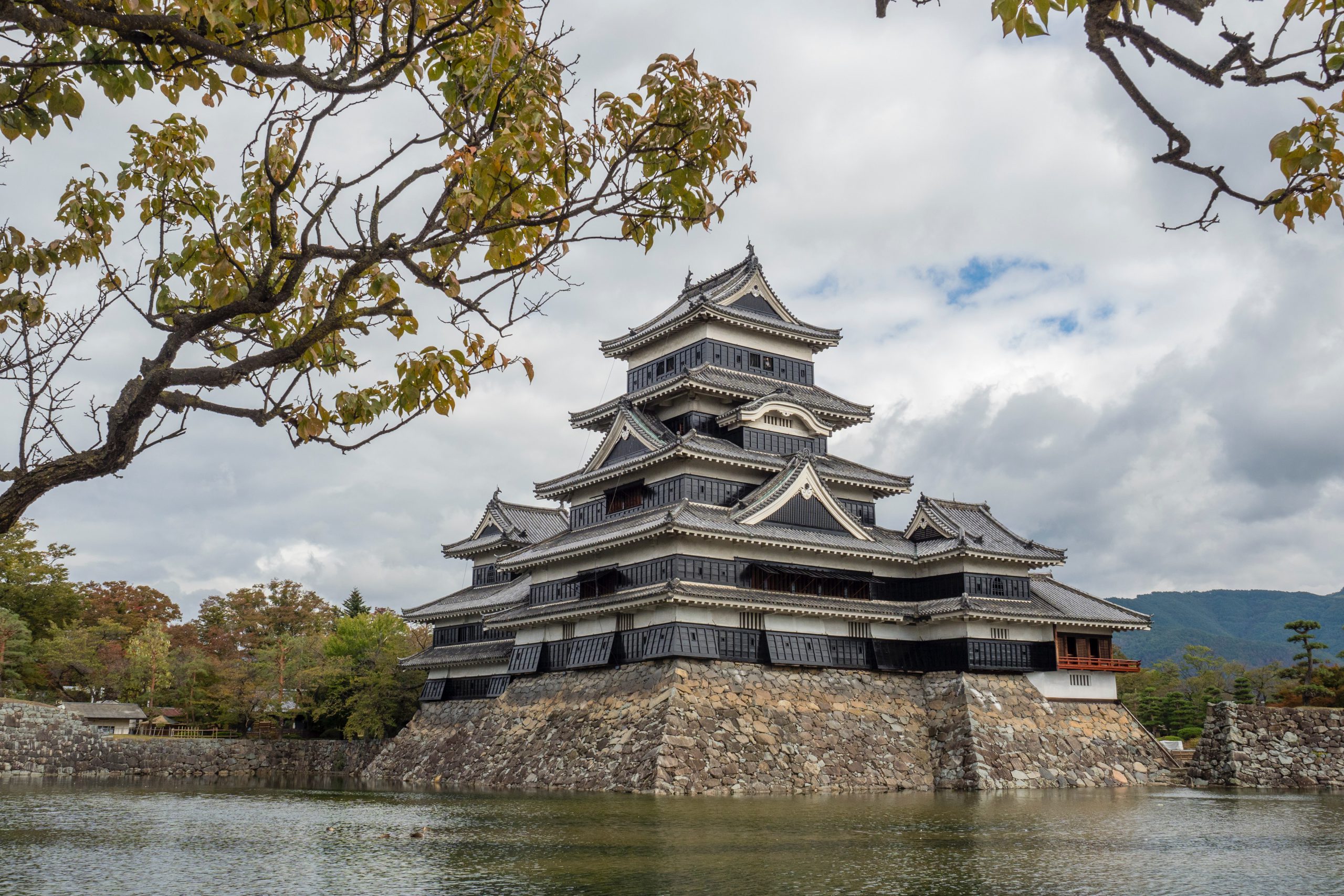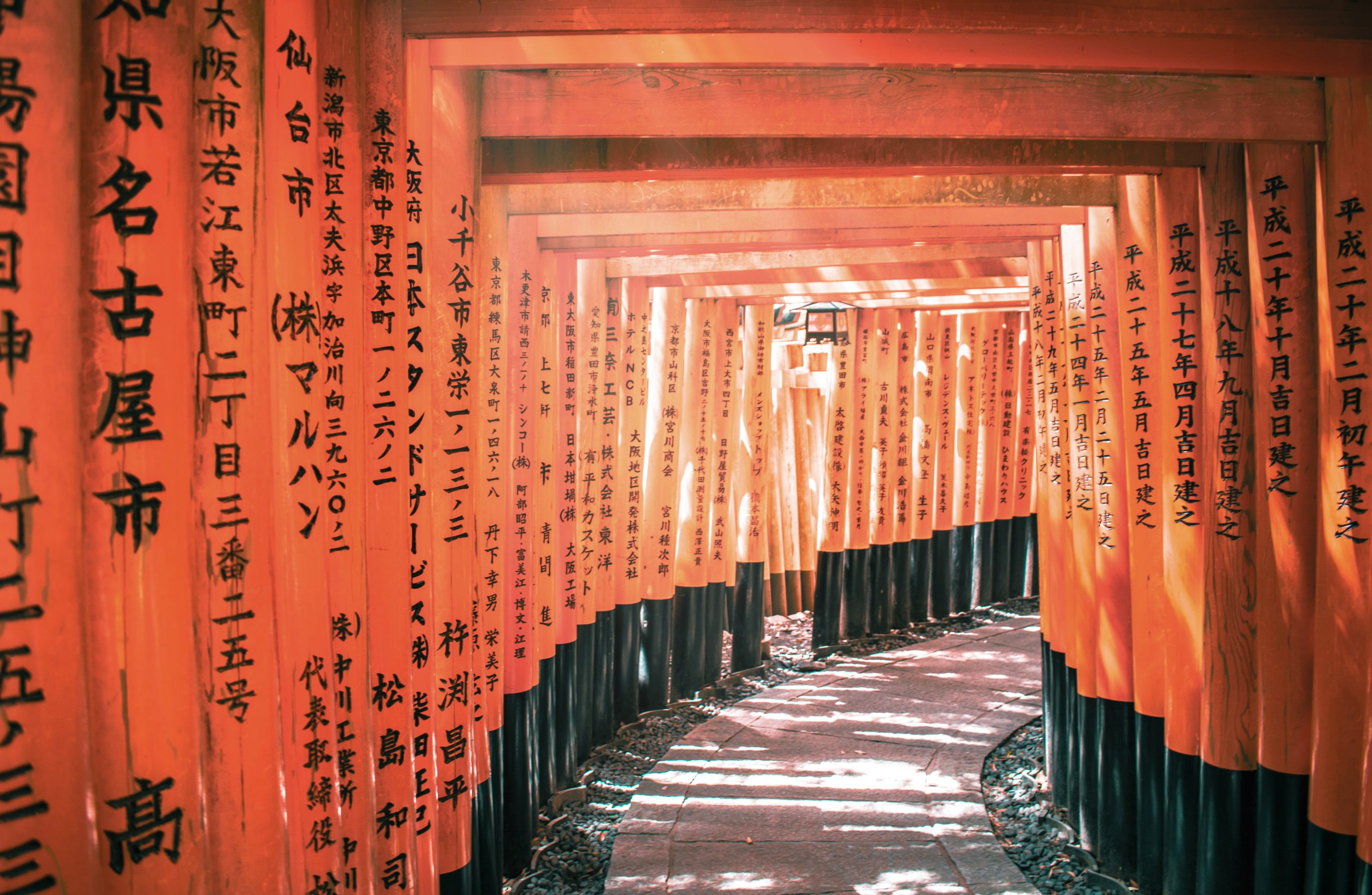Japan boasts a number of beautiful castles that fascinate visitors from all over the world. Each castle features different characteristics as well as unique architectural style and historical backgrounds. Visiting them allows tourists to get to know the country more deeply through exploring the symbolic structures that have been preserved with a tremendous effort over centuries. Here is the ultimate list of 11 beautiful castles in Japan!
1. Himeji Castle (姫路城)
Himeji Castle is an iconic castle that is located in Himeji city, Hyogo prefecture. It is famous for another name “Shirasagi Castle”, which refers to the beautiful white exterior resembling a bird called “Shirasagi” (白鷺) in Japanese. The construction was originally started in 1346 by Akamatsu Sadanori, a powerful warrior during the Sengoku period (1467-1590). Most part of the castle complex that we can enjoy today dates back in the early Edo period when a large-scale reconstruction was implemented by Ikeda Terumasa, another famous warrior who served Tokugawa Ieyasu, who opened the Tokugawa Shogunate.
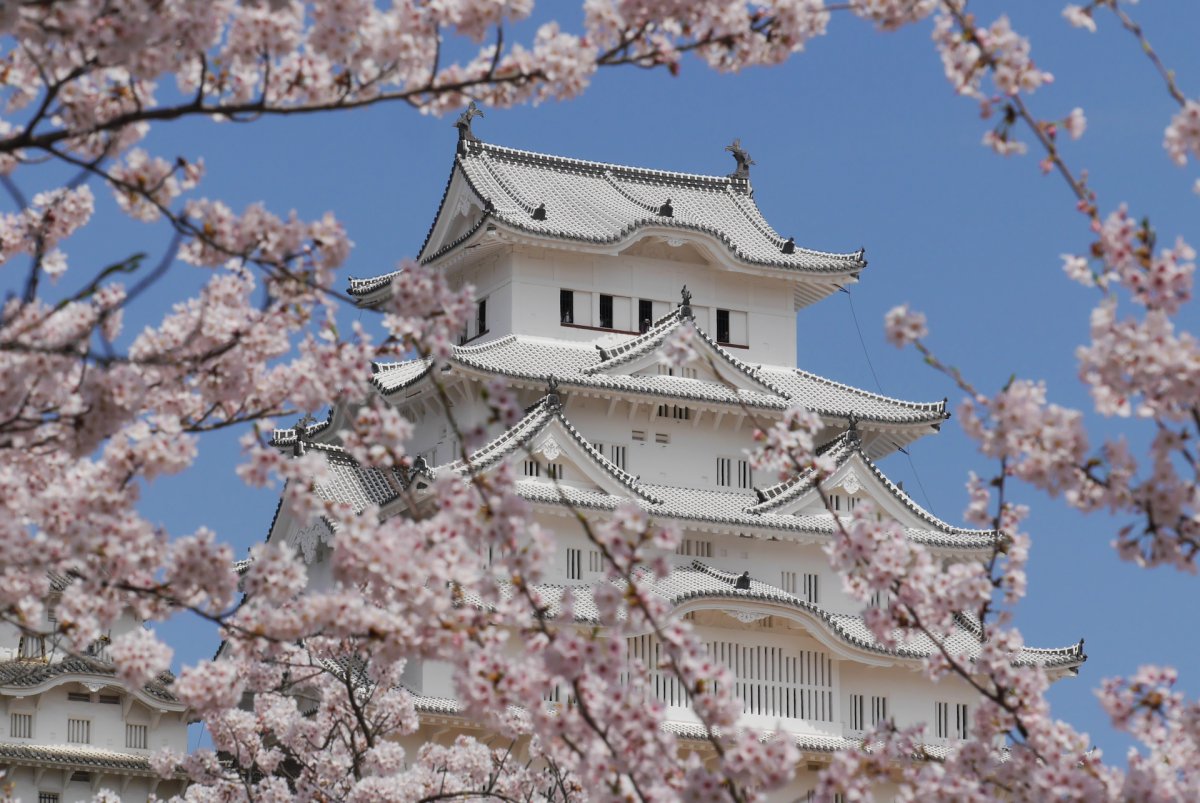
The keep of the castle (called “Tenshukaku” (天守閣) in Japanese) is officially listed among the 12 original castles in Japan along with other famous castles. The beauty of traditional architectural style and great condition were highly evaluated, making it a UNESCO World Heritage Site in 1993!
※12 Original Castles: 12 castles that remain the original keep dating back in the Edo period (1603 – 1868) or earlier.
Opening hours
9am – 4pm
9am – 5pm (April 27th-August 31th)
Admission ¥1,000 (adult)
2. Kumamoto Castle (熊本城)
Kumamoto Castle is loved by many people as a symbolic castle in Kyushu region. Kato Kiyomasa, a famous warrior in the Sengoku period started the construction in 1601, and it took 7 years to complete the giant castle complex. Although most part of the castle was unfortunately destroyed in civil wars during the Meiji period, it was later restored in 1960 and continues to attract numerous visitors all year round.
During spring season, it features 600 cherry blossoms creating a stunning view of beautiful flowers and the castle. Some part of the castle is temporary closed to the public due to the earthquake that brought a severe damage to the historical structures in 2016.

Opening hours
9am – 5pm
Admission ¥500 (adult)
3. Matsumoto Castle (松本城)
Registered among 12 original castles in Japan, Matsumoto Castle is loved as a symbolic castle in Nagano prefecture. With the unique exterior created by the contrast of black and white walls, it fascinates many tourists not only from other areas in Japan but also from overseas. The five-story wooden keep, widely known as a national treasure, is considered as the oldest one in Japan which has a long history of around 400 years.
As you explore the castle ground, you will be able to find a variety of intriguing features such as stone walls, moats and turrets that have remained over centuries. They used to play a significant role to protect the castle from enemy attacks, which create the powerful exterior along with other impressive structures today! During the spring season, you can enjoy the breathtaking view of the castle with cherry blossom trees in full bloom as well as the beautiful Japanese alps in the background!
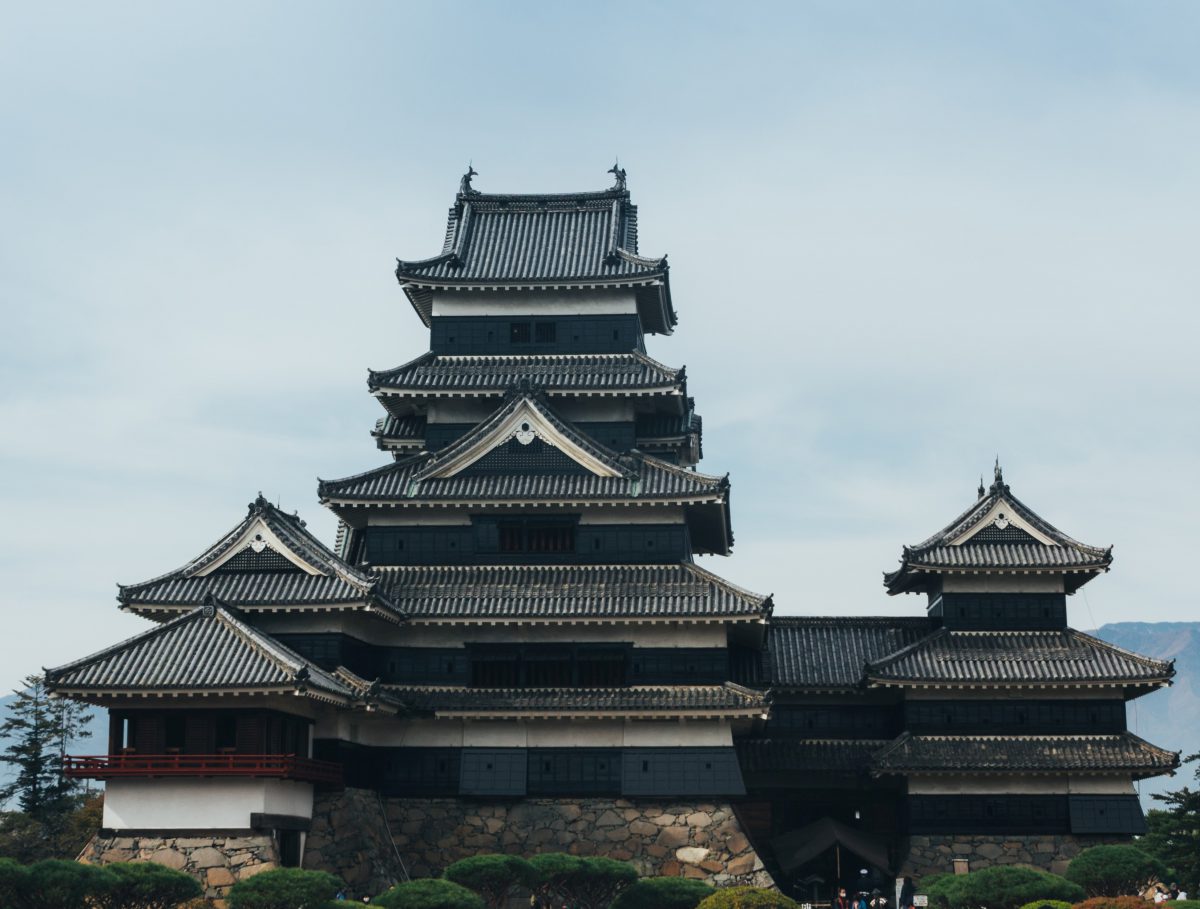
Opening hours
8.30am – 5pm
Admission ¥700 (adult)
4. Hikone Castle (彦根城)
Shiga prefecture is home to Hikone castle that is registered as National treasure along with other famous castles such as Himeji castle and Matsumoto Castle. The construction was started by Ii family, which ruled the area during the Edo period. It took them almost 20 years to complete the castle complex which was later used as a political center of the Hikone clan.
The beautiful castle stands near Lake Biwa, a symbolic lake that is known as the largest lake in Japan. It is enjoyable to walk around the castle and surrounding area which features a number of gift shops, restaurants, and cozy cafes which still remain a lively atmosphere as a castle town back in the old days. You can also take exciting options such as Yakatabune, a traditional cruise taking you to a memorable tour along the innermost of the castle. Jinrikisha, rickshaw also offers a unforgettable experience that allows you to explore the area more conveniently and easily while enjoying the refreshing ride!

Opening hours
8.30am – 5pm
Admission ¥800 (adult)
5. Nijo Castle (二条城)
Nijo Castle is one of the most famous historical sites in Kyoto, the ancient capital of Japan located in the Kansai region. It was built by Tokugawa Ieyasu, the first Shogun of the Tokugawa Shogunate which governed the entire country during the Edo period (1603 – 1868). During that time, the imperial family resided in Kyoto while the new Shogunate was opened and settled in Edo, which is Tokyo today. The Tokugawa family decided to build Nijo Castle aiming to strengthen the security in Kyoto, as well as an official accommodation for the Tokugawa family then they visit there. It is also where Tokugawa Yoshinobu, the last Shogun of the Tokugawa Shogunate returned his authority to the emperor in 1867, which put an end to the long history of Tokugawa Shogunate.
In 1994, Nijojo was designated as UNESCO World Heritage Site along with other historical sites in Kyoto. You can explore valuable buildings including Ninomaru-goten Place, which is on the list of national treasure. Seiryu-en Garden offers you a relaxing time with a breathtaking landscape created by fusion of Easten and Western styles. Karamon-gate is a symbolic gate standing at the entrance of Ninomaru-goten Palace with magnificent colorful carvings!

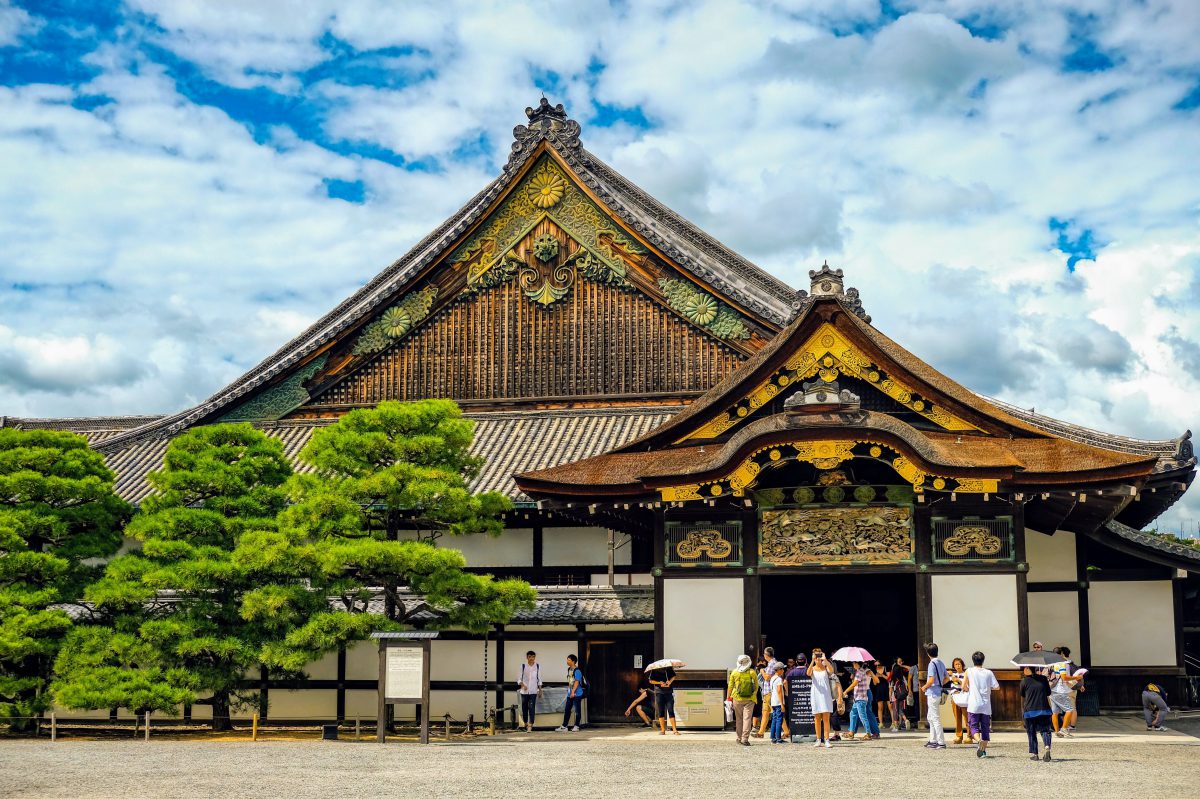
Opening hours
8:45 AM to 16:00 PM (Castle gate closes at 5PM)
– Castle opens everyday except year-end (December 29-31).
Note: Ninomaru-goten Place closes every Tuesday in January, July, August, and December, December 26 – January 3 each year. Honmaru-goten Palace closes the third Monday of each month and December 26 – January 3 each year.
Admission
– Castle Admission Ticket: ¥800 (adults), ¥400 (junior high and high school students), ¥300 (elementary school students)
– Castle Admission Ticket and Ninomaru-goten Palace ticket: ¥1,300 (adults), ¥400 (junior high and high school students), ¥300 (elementary school students)
– Honmaru-goten Palace ticket: ¥1,000 (adults), ¥300 (junior high and high school students), ¥200 (elementary school students)
Note: Free of charge for those under elementary school age. As for Honmaru-goten Palace, advance reservations required (get your tickets from this website in advance) and Castle Admission Ticket is separately required.
6. Tsuruga Castle (鶴ヶ城)
Tsuruga Castle is situated in Fukushima prefecture in Tohoku region. It is also widely known for another name “Aizu Wakamatsu Castle”, which comes from the name of the city where it is located, Aizu Wakamatsu City. The history of the castle dates back to the 14th century, when Ashina Naomori built a private residence which was later renovated into the giant castle. It also became a battleground for the Boshin war (1868 – 1869), which eventually led to the end of the Tokugawa Shogunate. Although the original castle was demolished in 1874, we can still enjoy the new one reconstructed in 1965.
One of the most notable features of the castle is red roof tiles that were completed in 2011. It aimed to reproduce the previous appearance of the castle dating back to the end of the Edo period. Stone walls have been through several wars and earthquakes over centuries. From the observation deck on the top floor of the keep, you can enjoy the panoramic view of the city which is especially beautiful in winter when covered with snow!

Opening hours
8.30am – 5pm
Admission ¥410 (adult)
7. Osaka Castle (大阪城)
If you are planning on visiting Osaka, don’t miss Osaka Castle one of the a symbolic landmarks of the city. It was originally built by Toyotomi Hideyoshi, who is widely known for the historical achievement to unify the entire country in 1590. The current keep of the castle was completed in 1931, after being destroyed twice by fire and lighting in the Edo period.
The 55 meter keep consists of 8 floors including exhibition areas from 2nd through 7th floor. They showcase a large collection of items and exhibits that allows visitors to learn the history of the castle while experiencing traditional Japanese armors! You can also take the elevator to reach the observation deck on the 8th floor. Gift shops are also available on the first floor which sells a variety of original products perfect for memorable gifts!

Opening hours
9am – 5pm
Admission ¥600 (adult)
Free admission for junior high school student and under
8. Nagoya Castle (名古屋城)
Nagoya Castle is an iconic castle in Nagoya, the third largest city in Japan located in Aichi prefecture. It was built by Tokugawa Ieyasu, the first Shogun of the Tokugawa Shogunate in1615. It served as a residence for 16 clans from the Tokugawa family for over 260 years through the Edo period. After the Meiji restoration in 1868, the turning point for Japan in its long history to open the country to the rest of the world, the Imperial Household Agency started to administer it as an official accommodation for the imperial family until 1930.
The keep of the castle was burned down during WWⅡ, but reconstructed with reinforced concrete thanks to donations from citizens in 1959. The five-story keep features two golden “Shachi-hoko” ornaments, an legendary creature which has a head of tiger and a body of fish. “Honmaru-goten” is a main palace which welcomes visitors with magnificent rooms featuring gorgeous traditional craftsmanship!

Opening hours
9am – 4.30pm
Admission ¥500 (adult)
Free admission for junior high school student and under
9. Matsue Castle (松江城)
Matsue Castle is located in Matsue city, Shimane prefecture. It is officially selected as one of the 12 original castles in Japan. It is also designated as a National treasure with the keep of the castle that was completed in 1611. Even though it is less famous compared to other popular original castles such as Himeji Castle in Hyogo and Hikone Castle in Shiga, the peaceful atmosphere and beautiful exterior is definitely worth a visit.
The keep of the castle consists of five floors and one basement which remain the interior back in the Edo period in a good condition. It also features black walls and roofs, making it look more sophisticated and impressive. Most part of the castle ground is used as a public park with other historical sites such as temples and shrines. It is a perfect spot to enjoy a refreshing walk while exploring historical sites around!

Opening hours
8.30am – 6.30pm (April – September)
8.30am – 5pm (October – May)
Admission ¥470 (adult)
10. Hirosaki Castle (弘前城)
Aomori prefecture is home to Hirosaki Castle which is known as the only original castle in the Tohoku region. The original castle was built in 1611 by Tsugaru Tamenobu and Nobuhira. It played an important role as a political and economic center of the Tsugaru region during the Edo period. The current keep of the castle was completed in 1811, which is relatively later than other original castles, but still during the Edo period. It is on the list of National Important Cultural Property along with other historical structures such as turrets. Spring is the best season to visit there to admire beautiful cherry blossoms embracing the historical structures!

Opening hours
9am – 5pm
Admission ¥320 (adult)
11. Takeda Castle (竹田城)
You may have seen a picture of a “castle floating in the sky” in travel guide book of Japan. It refers to Takeda Castle which is located in Asago city, Hyogo prefecture. Although what we can see today is only the ruins of the castle which was originally built in 1431, it draws a number of visitors from all over the world with the fascinating scenery occasionally created by the fusion of the historical site and nature.
The castle ground is situated on the peak of Mt. Kojo, which stands 353.7 meters. On foggy mornings especially in October or November, the castle ground is surrounded by a sea of clouds, which creates a breathtaking view with the castle that appears to be floating in the sky! The high altitude also allows visitors to get the incredible view of mountain peaks around!
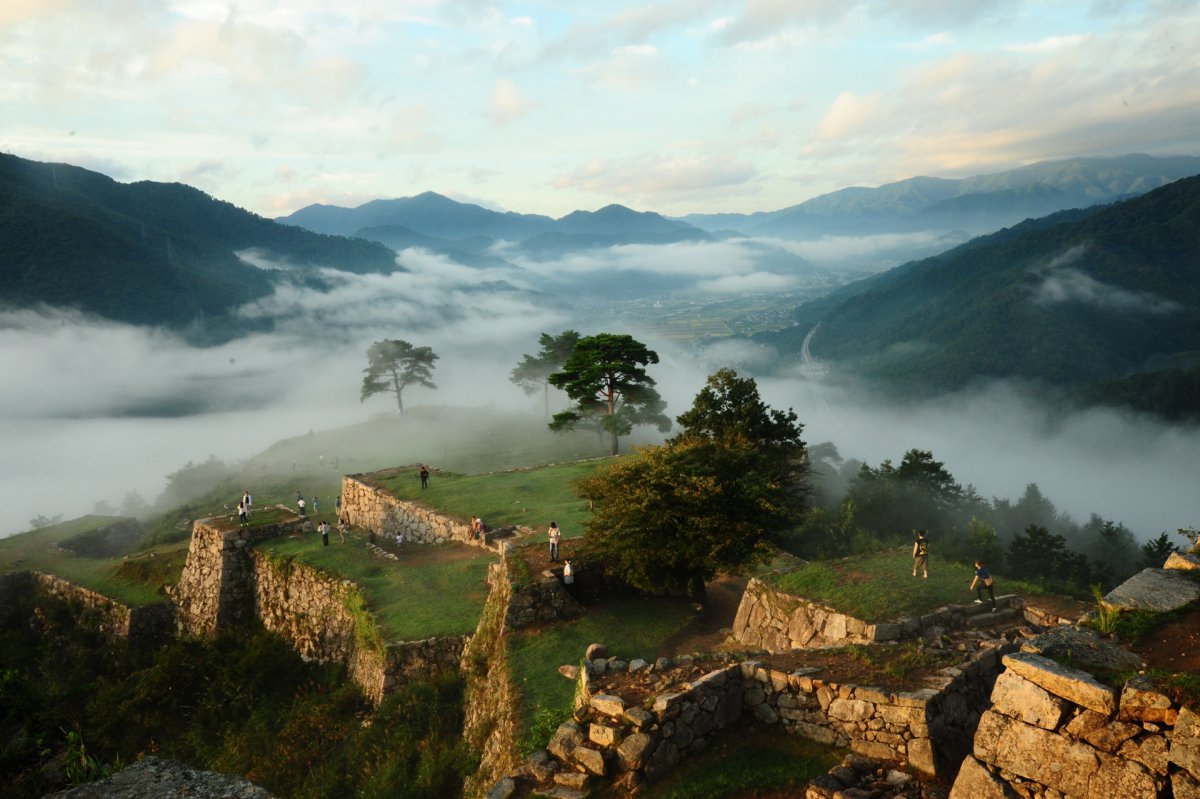
Opening hours
Spring (March – May): 8am – 6pm
Summer (June –August): 6am – 6pm
Fall (Sept. – Nov.): 4am – 5pm
Winter (Dec. – Jun. 3rd): 10am – 2pm
Admission ¥500 (adult)
Free admission for junior high school student and under
Japan Wonder Travel Tours
On our tour, a knowledgeable guide will take you to the best spots to enjoy the area. You can listen to the background stories of the area, try some foods and learn some Japanese culture. All the start can be changed according to your wishes.
- Tokyo 1–Day Highlights Private Walking Tour (8 Hours)
- Kyoto Private Full Day Walking Tour
- Tokyo Fish Market Tour @Tsukiji
- Tokyo Sushi Making Experience + Tsukiji Fish Market explore Tour
At first, all the castles may look similar and it is probably hard to recognize the slight differences in design and structure. As you get to know the details of architectural styles and history of each castle more deeply, you will soon find yourself fascinated with the unique features and beautiful designs that have been preserved for over centuries!
Follow us on Instagram or Facebook for more travel inspiration. Or tag us to get featured!
Happy travelling!
Stay informed of the best travel tips to Japan, the most exciting things to do and see, and the top experiences to have with the Japan Wonder Travel Newsletter. Every week we will introduce you to our latest content.
Other articles you might like





